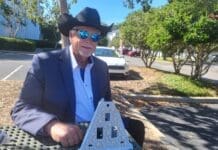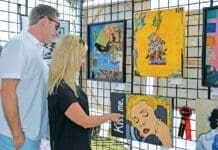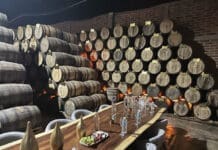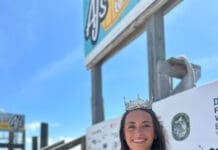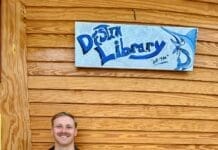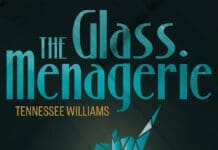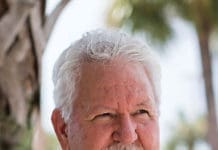You may have seen Phil Gibson out on the beach, diligently scanning the sand with his metal detector. “It’s the thrill of the hunt” says Gibson. Phil moved from Dallas to Grayton Beach as a young child in the 1950’s. His idyllic childhood backyard was a seemingly endless expanse of white dunes and scrub brush. One day around the age of 10, he was exploring some Native American middens (ancient dump sites) and his imagination caught fire: “I spent a great amount of time out there digging up broken pottery shards and flint arrowheads. I thought I was the greatest archeologist in the world! In my mind I was discovering where Billy Bowlegs and the Indians had battles! It started right there and from then on, I couldn’t quit.”

Phil’s explorations have since taken him to Louisiana, central Alabama, and all over the gulf coast of Florida including Pt Washington and Four Mile Village. He took me through his collections which started with what he calls the everyday finds. “The first thing you’re going to find on the beach is coins, rings and jewelry.” He showed me an impressive array that represents only six weeks worth of coins and five years of found jewelry. Phil tells me that he reaches out to find the owners of items containing identifying information. “Sometimes to my surprise,” says Gibson, “they really don’t want them back!”
We looked through containers of wheat back pennies, a handful of depression era Alabama sales tax tokens, sheets of half dollars on display, and a tall container of miscellaneous pins, buttons and general knicknackery a magpie would be proud of.
Then we got to the “good stuff” as he calls it, the Civil War era. His collection includes a Confederate States belt buckle, Confederate and Union miniballs, cannon balls, fuses, uniform buttons, grapeshot, shrapnel, broken clay pipes, a grenade, an iron, an officer’s pin, a railroad lock, forks, knives, and a very elegant cannon list indicator. A unique lead miniball carved with a unit insignia caught my eye.
“Just think, he says, “150 years ago a soldier sat down in the woods not far from here and carved that.”

How does Phil know where to hunt? He researches local history and looks for keywords on charts and maps like landing. “Finding items in certain places starts to tell you a story. It gets your mind wandering.” says Gibson.
Phil’s greatest claim to fame as a detectorist came on October 30, 1983 when he and friend, Dr John Green, found what is now known as the Grayton Beach Meteorite in a Native American midden. Currently owned by another party and on display in a museum in London, this 24 lb meteorite did not fall from the sky and land in Grayton Beach. One theory is that it made the trek with Native Americans who brought it down on a trade route from a more northern location where it struck the earth.
When I asked Phil about displaying his collections he said, “Museums are great, but you can’t interact and touch the items. I’ve had kids come and hold some of these artifacts and they’ll never in their lives forget it.”

Gibson continues the hunt and says he is hot on the trail of unearthing more local history…
Lost something gold or silver on the beach? Local Detectorist, Phil Gibson can help you find it. Call (850) 598-4231.

